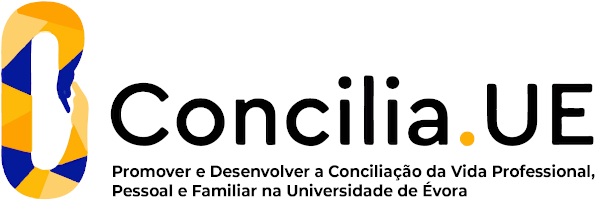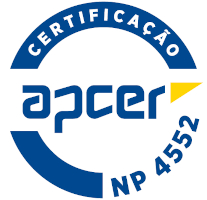2024
Vertebrates Paleontology
Name: Vertebrates Paleontology
Code: GEO10331M
6 ECTS
Duration: 15 weeks/162 hours
Scientific Area:
Geology
Teaching languages: Portuguese
Languages of tutoring support: Portuguese, English
Regime de Frequência: Presencial
Sustainable Development Goals
Learning Goals
Main objectives:
-to acquire advanced knowledge of paleontology and evolution of vertebrates, with emphasis on fish, reptiles, and mammals, including general competences under i) anatomy and osteology, ii) classification, systematics and taxonomy, iii) procedures and mechanisms of evolution .
Specific objectives:
- to acquire knowledge on the origin and evolution of the major vertebrate groups.
- to be able to understand and discuss concepts about vertebrate paleontology.
- to acquire knowledge about the vertebrate groups most common in Portugal: fish, crocodylomorphs, dinosaurs, and mammals.
-to acquire advanced knowledge of paleontology and evolution of vertebrates, with emphasis on fish, reptiles, and mammals, including general competences under i) anatomy and osteology, ii) classification, systematics and taxonomy, iii) procedures and mechanisms of evolution .
Specific objectives:
- to acquire knowledge on the origin and evolution of the major vertebrate groups.
- to be able to understand and discuss concepts about vertebrate paleontology.
- to acquire knowledge about the vertebrate groups most common in Portugal: fish, crocodylomorphs, dinosaurs, and mammals.
Contents
Vertebrate Palaeontology: Vertebrate origins, evolution, systematics and characterization of the major vertebrate groups.
Agnathans and fishes (Class Placodermi, Class Acanthodii, Class Chondrichthyes); Tetrapods and Amphibians; Reptiles (i) Archosaurs (dinosaurs, birds, crocodiles and pterosaurs) (ii) Mosasaurs (iii) Plesiosaurs; Mammals; Primates and hominids
Comparative Anatomy: skeleton, teeth, non-skeletal organs.
Transition environments, examples and key adaptations: Conquest of the land environment, secondary aquatic adaptations, origin of active flight.
Agnathans and fishes (Class Placodermi, Class Acanthodii, Class Chondrichthyes); Tetrapods and Amphibians; Reptiles (i) Archosaurs (dinosaurs, birds, crocodiles and pterosaurs) (ii) Mosasaurs (iii) Plesiosaurs; Mammals; Primates and hominids
Comparative Anatomy: skeleton, teeth, non-skeletal organs.
Transition environments, examples and key adaptations: Conquest of the land environment, secondary aquatic adaptations, origin of active flight.
Teaching Methods
The Curricular Unit is based in the teaching of theoretical concepts and the theoretical and practical application of concepts covered, using classical methods and methods of cooperative learning in which students learn by participating in training in an interactive way.
The evaluation will be done by: (i) Theoretical and practical exam, (ii) Theme monograph in scientific-article format and its presentation. Each assessment will have a weighting of 50% in the evaluation.
The evaluation will be done by: (i) Theoretical and practical exam, (ii) Theme monograph in scientific-article format and its presentation. Each assessment will have a weighting of 50% in the evaluation.
Teaching Staff
- Ausenda da Assunção Cascalheira de Cáceres Balbino [responsible]





















